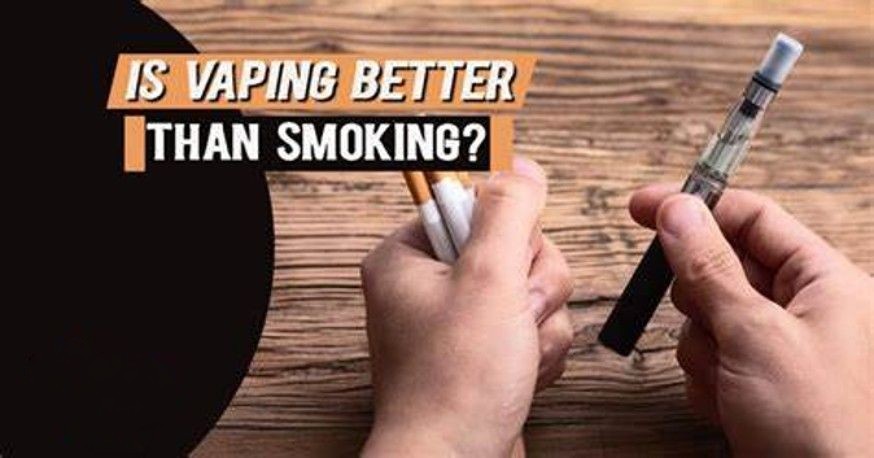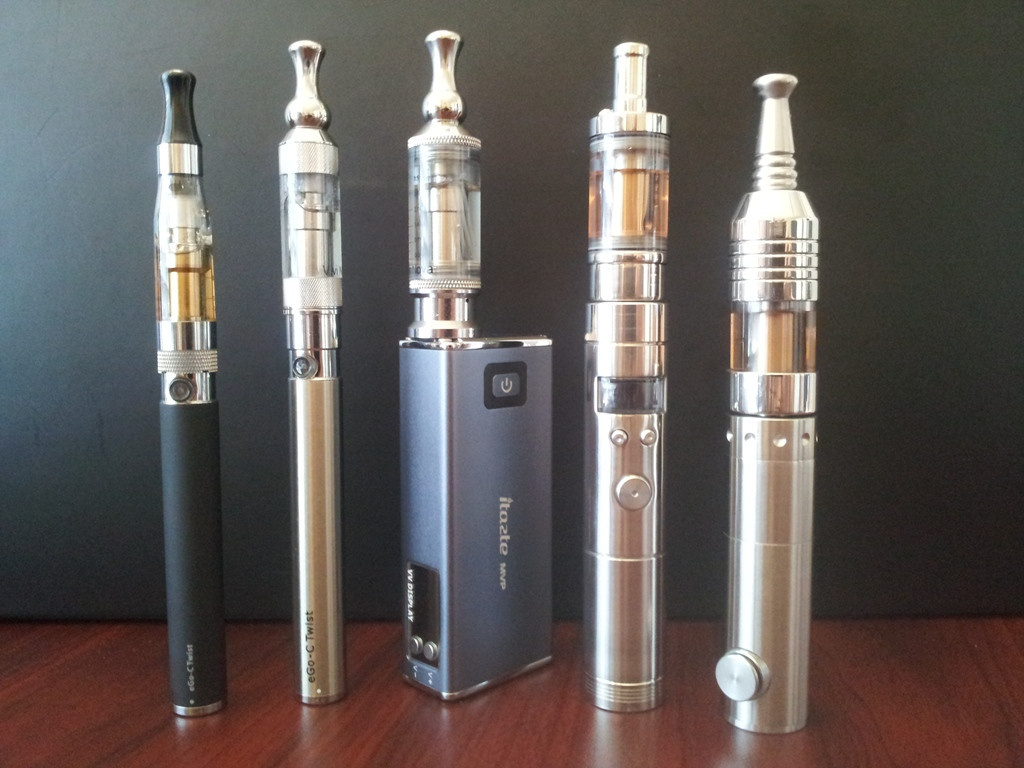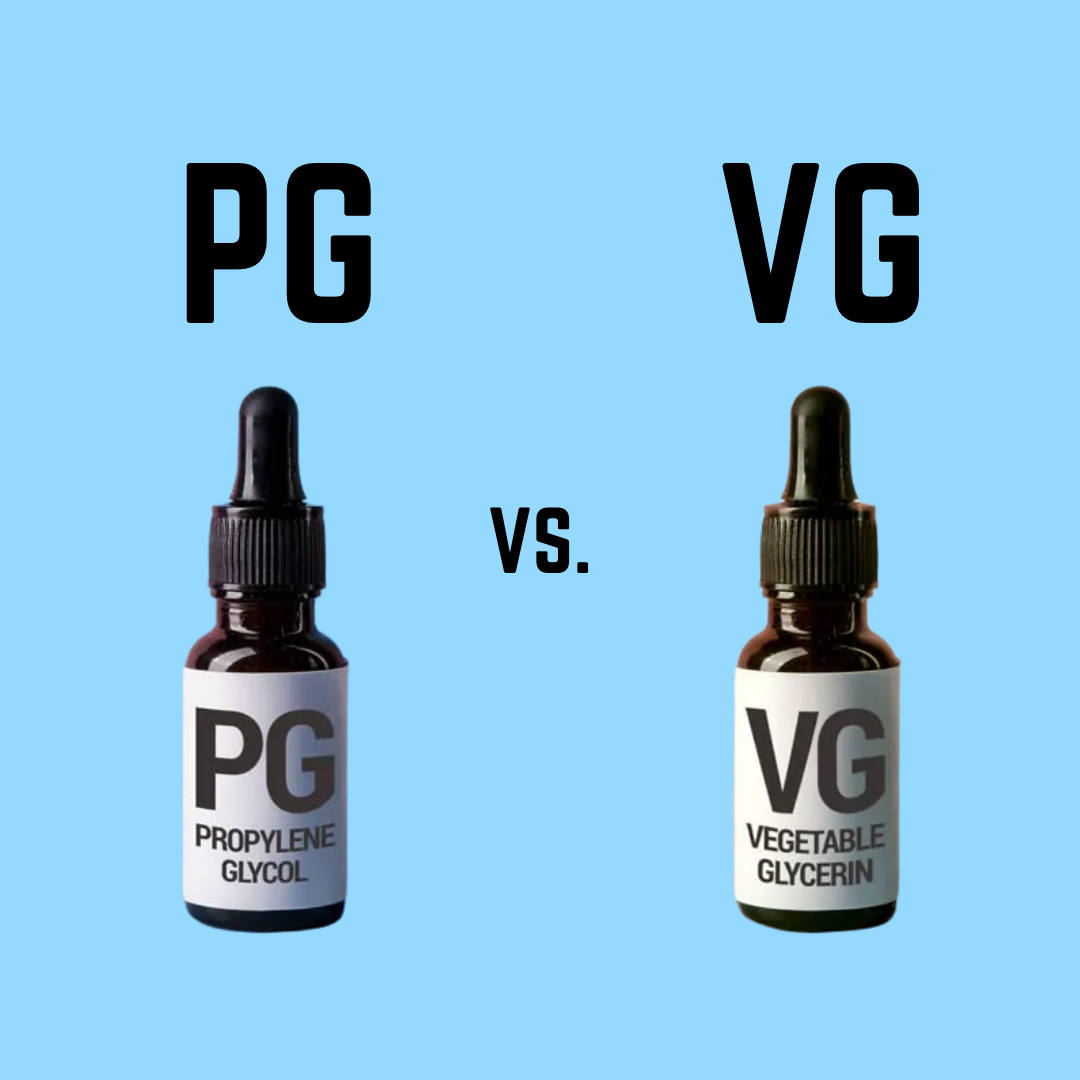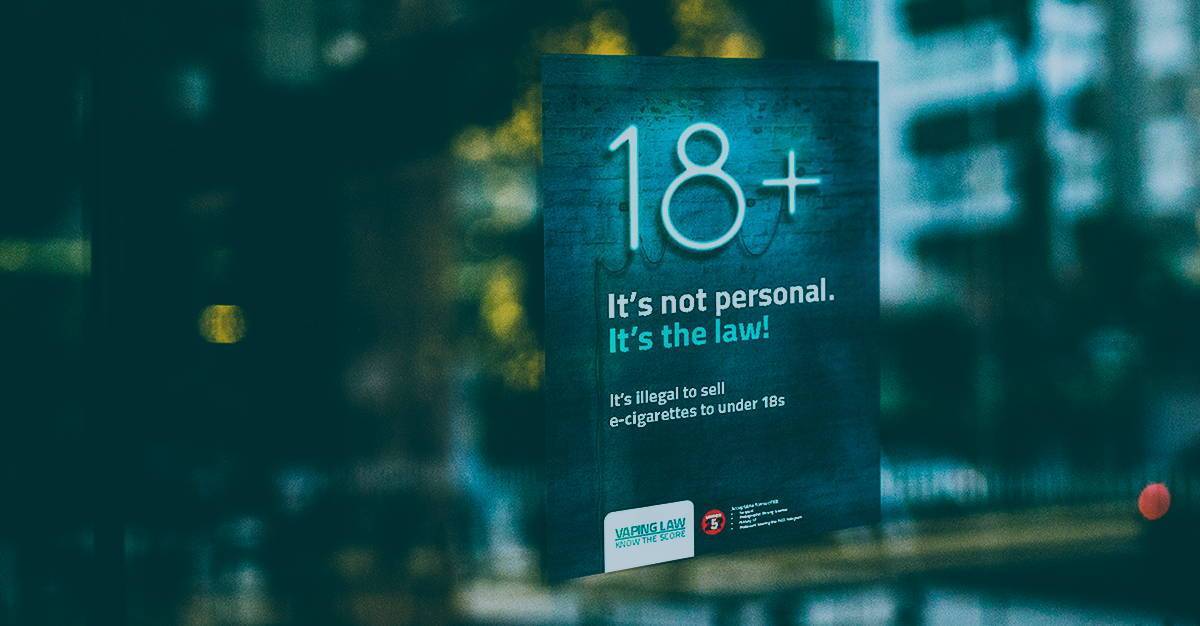Is Vaping Safe: What You Need to Know
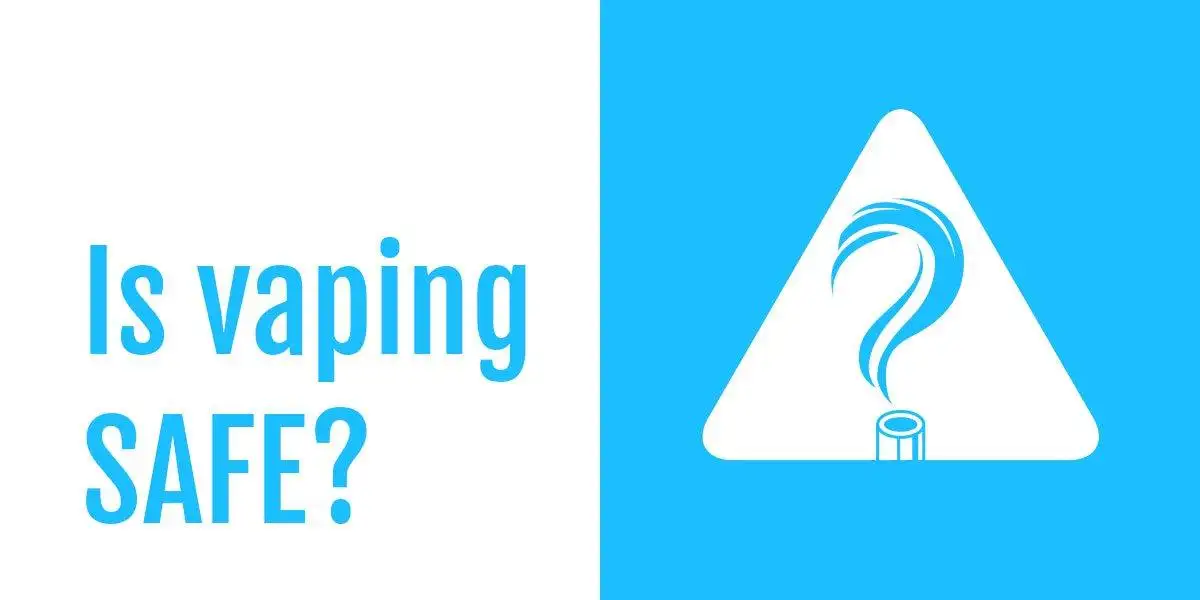
The question of whether or not vaping is safe has been re-actualized recently, with numerous studies confirming that there are no significant short-term or long-term health hazards that can be linked to e-cigarette use. The public perception is also slowly changing – in 2015, nearly 37% of US survey respondents answered that vaping is a safer alternative to smoking, which is a marked improvement from 2011, when that percentage was only 11.5%.
Still, misleading research and clickbaity news headlines are muddying the waters, creating a perception that using e-cigarettes is not as safe as harm reduction advocates make it out to be.
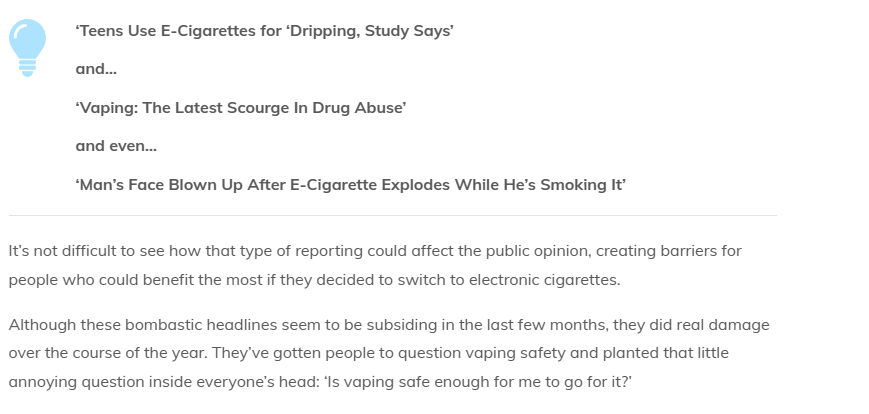
What Do Scientists Have To Say About Vaping Safety?
The short answer?
Vaping is relatively safe, at least in the short-term, which was confirmed by numerous studies in recent years. In fact, the Cochrane Library, a non-profit that looks at reliable studies, issued their E-cigarette Report in 2016, which concluded that there are no noticeable short-term adverse effects associated with vaping.
As for long-term health effects of vaping, we are now getting the results of the first studies designed to examine them. The findings of a recent 3.5 year-long study concluded that vaping is unlikely to cause a significant amount of damage to the human body – no damage to the lungs, heart, or other organs was found even in test subjects who heavily vaped.
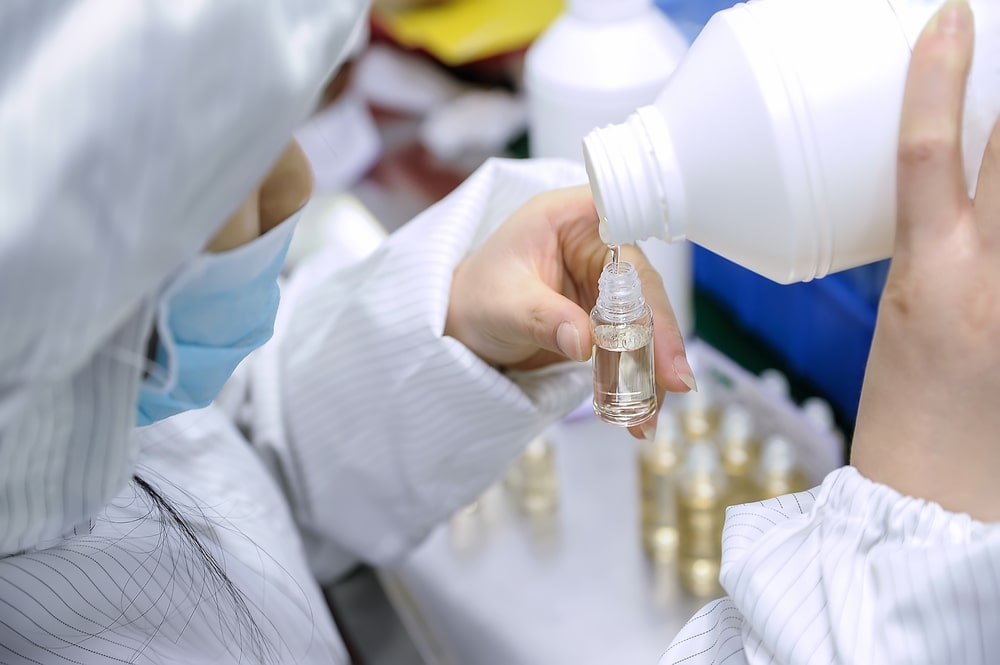
Regardless of these positive results, a puzzle remains: are we really aiming for a 100% vaping safety? Is that even the right question we should be asking?
The Importance of Placing Vaping Safety In the Right Context
Talking about vaping safety is pretty pointless without the right benchmark. What we should all be interested in is whether or not vaping is safer when compared to smoking. None of us would ever recommend vaping to a non-smoker so why take the question out of context in the first place?
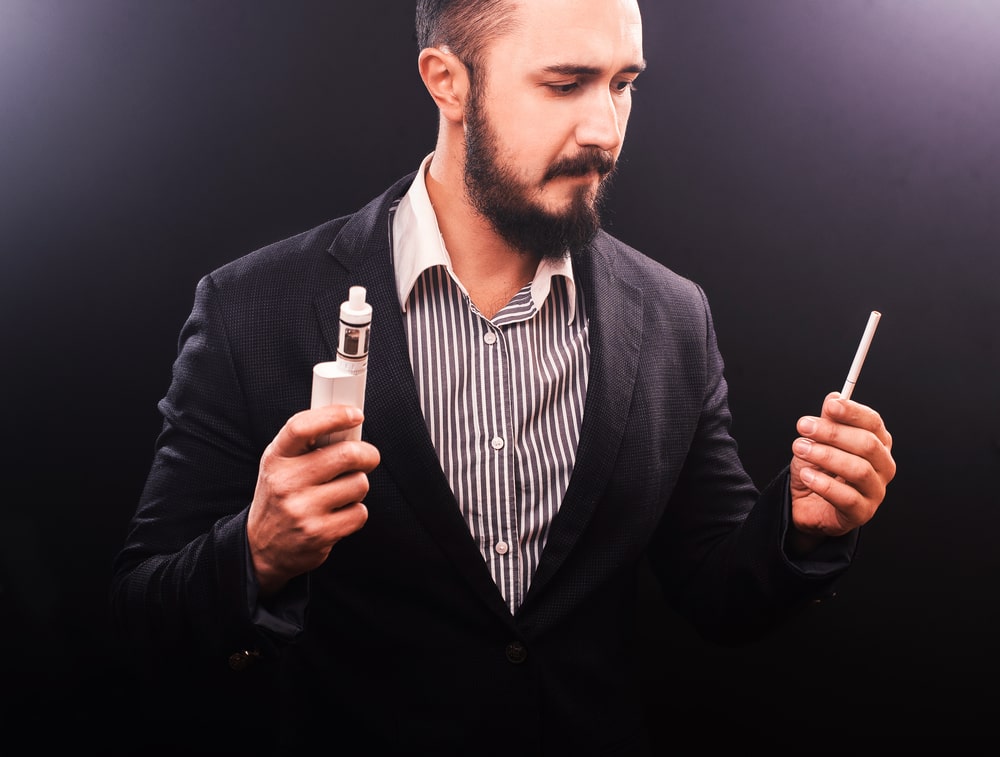
Certainly, vaping is not without risks – inhaling anything other than air was not something our lungs were designed to do. But, does vaping kill? Here’s a challenge for you: go to Google and try to find information about someone whose death can be attributed to regular, common sense vaping.
Guess what? You won’t find it. However, google ‘woman struck by meteorite’ and you will find this article from the 1950s about a woman who was minding her own business in the comforts of her home before being injured by a rock from outer space.
Are Vaping Devices Safe To Use?

In the last couple of years, we’ve seen some horrendous images of people’s close encounters with exploding batteries. Note the term – exploding batteries, not exploding e-cigarettes. There’s no such thing as a ‘vape explosion’, as these incidents are dubbed in the media. The only part of an e-cigarette that even has the potential to explode is the battery.
But, guess what – those same batteries are powering your vaporizer are also powering your laptops, smartphones, shavers, and tons of other things. Are you afraid of them, too?
All devices that use batteries should be handled with relative care, and vaping gear is no different. Carrying loose batteries in your pocket is a recipe for disaster. So is improper charging, using mechanical mods while still ignorant about how they work, or exposing the batteries to the elements. Just don’t do it. If in doubt, ask questions or, better yet, visit your local vape shop. When it comes to devices, the question is not is vaping safe; it’s what are you doing to make it safe.
Planning to build own coils, keep in mind an increased risk of injury if not done correctly, however. Without a solid understanding of Ohm’s Law, it is probably best to stick with mods or pens that are already built and have internal circuitry to avoid battery problems.
E-Liquid is made from 4 main ingredients:
Propylene glycol (PG) a colourless, flavourless liquid used in thousands of food, medicine and cosmetic products that makes up some of the e-liquid base. It carries flavours very well and provides a little of the ‘throat hit’ or an e liquid
Glycerine, aka vegetable glycerine (VG), a thicker liquid that produces bigger clouds when vapourised.
Nicotine. Not always, but often included in e-liquids this is the reason anyone vapes in the first place; a way to get nicotine without smoking cigarettes.
Flavourings, to make the vapour taste delicious flavourings are added, anything from fruits to baked desserts, even tobacco or menthol flavours are added to e-liquids to make them distinct and tasty!
Is Vaping Safe for Vapers and People Around Them?

So far, all evidence points to vaping being safe for vapers and innocent bystanders who happen to find themselves engulfed in a cloud of sweet-smelling vapor. That said, further studies are definitely needed in this area because we still can answer ‘is vaping safe’ with a resounding, unequivocal YES, which is a dream of every hardcore vaper.
Whatever the results of those studies turn out to be, they will certainly help the vaping industry set a new standard, either by continuing to use safe vaping ingredients and insisting on them across the board, or by finding alternatives that do not pose a health hazard to vapers.

